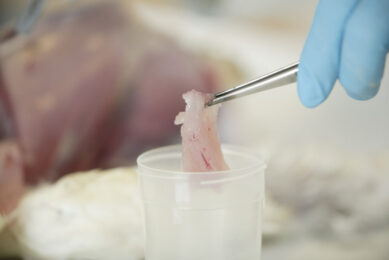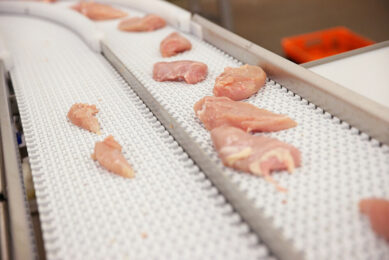US FDA approves more antimicrobals
The US federal food safety inspection unit has approved an additional batch of additives, antimicrobials and agents for use as processing aids directly on meat and poultry products.
The updated list adds more substances that can be used during meat and poultry processing operations, adding more options to the food safety arsenal available to processors. The new approvals were made since the list was last updated in May of last year.
Increased food safety regulations and the cost of recalls due to contaminated foods are driving processors to search for better solutions to reduce pathogens in their plants. Food and Drug Administration’s (FDA) regulations define processing aids as substances — such as an organic cleaning acid, that are required during the manufacture or processing of a food and that are ordinarily removed from the final food. Although residuals might carry over to the final food, residuals must not have any health effect. Other additives may be used to provide a technical effect in the final food, such as the antioxidants BHA and BHT.
Naming the additive used is not required on the label. The Department of Agriculture’s Food Safety and Inspection Service (FSIS) classifies all such substances as acidifiers, anticoagulants, antimicrobials, antioxidants, binders, coloring agents, curing accelerators, denuding agents, film forming agents, flavoring agents, poultry scald agents, and packaging system agents.
A 60:40 blend of sodium bicarbonate and citric acid has been approved for use in generating carbon dioxide in packages of raw whole muscle cuts of meat and poultry. The introduction of novel and value-added products and additive free foods is boosting the use of antimicrobials in almost all food processing segments, according to a report last year from Frost & Sullivan. The analysis forecasts that US demand for antimicrobials will reach $215.8m in 2012, from $161.7m in 2005.












